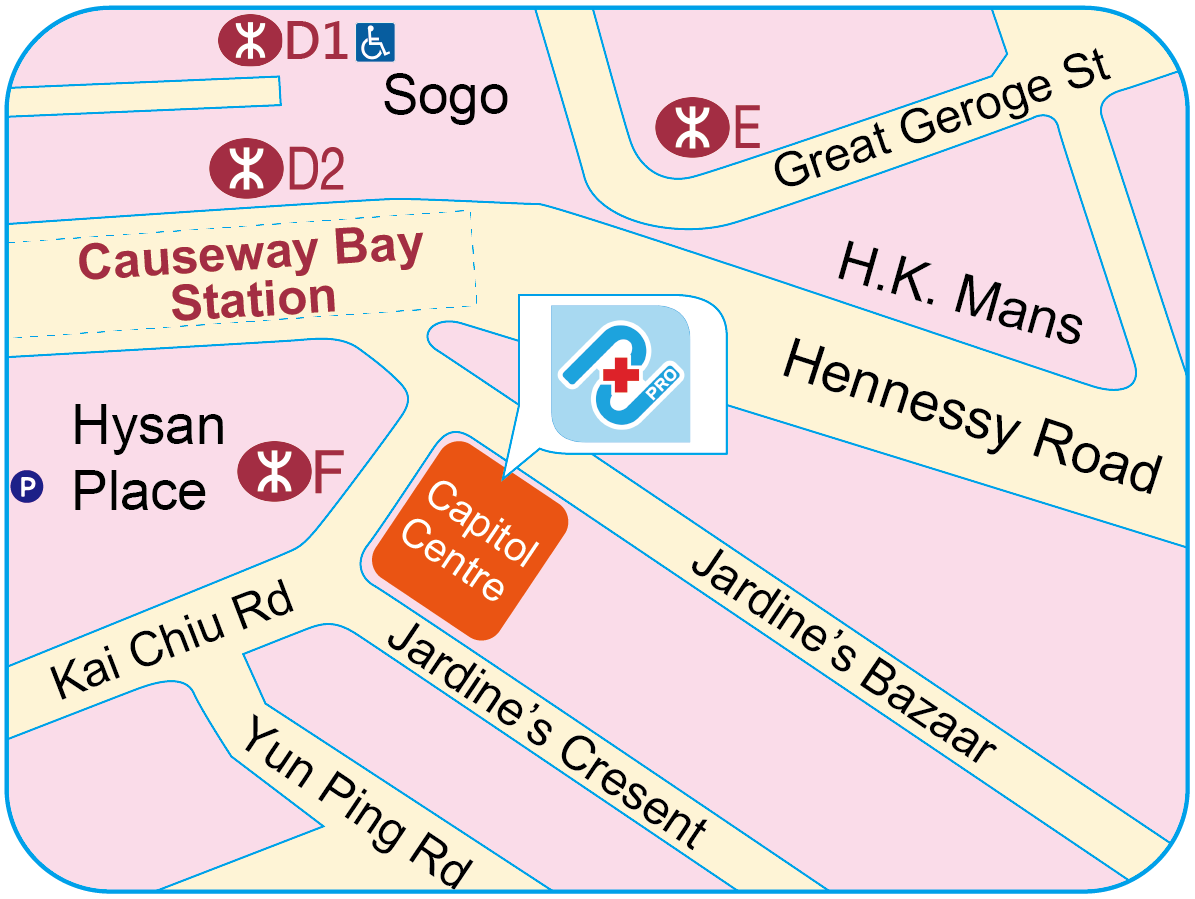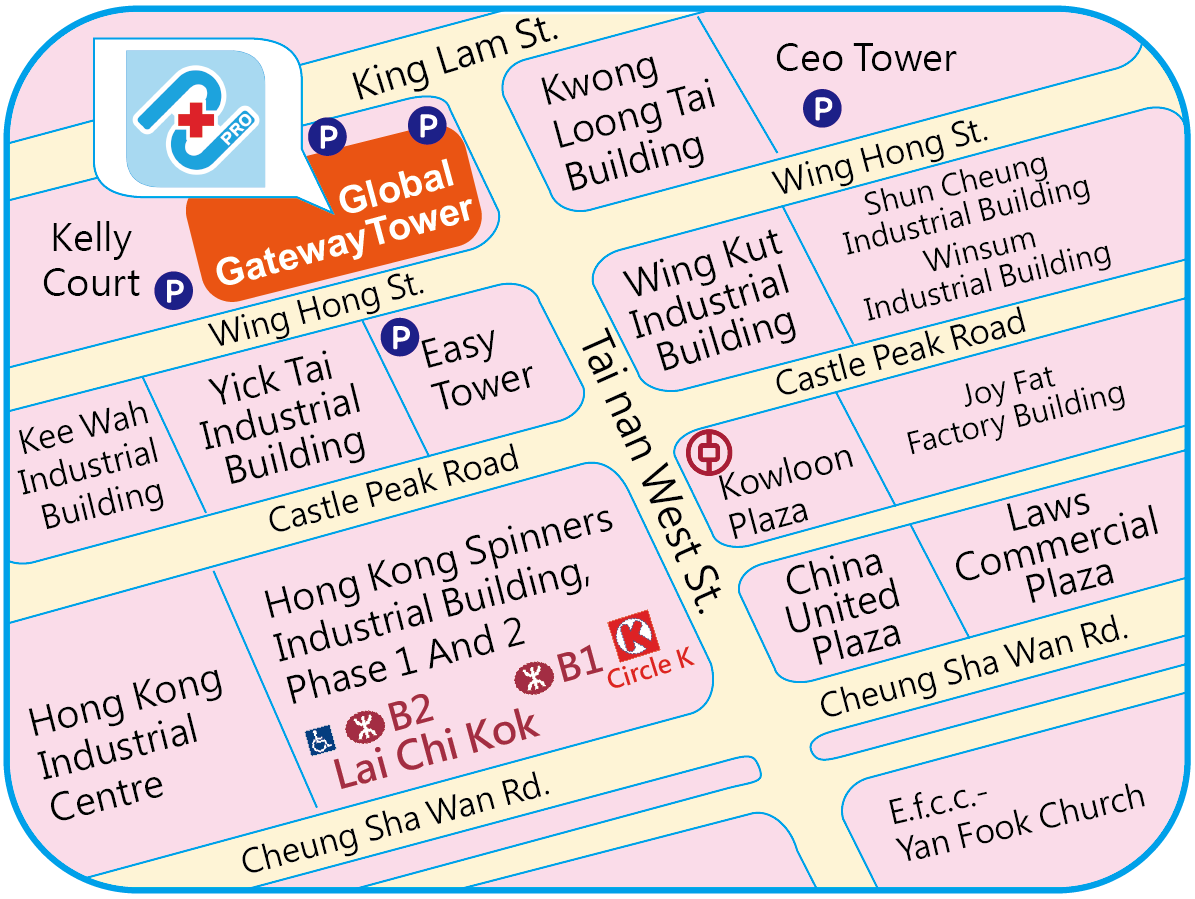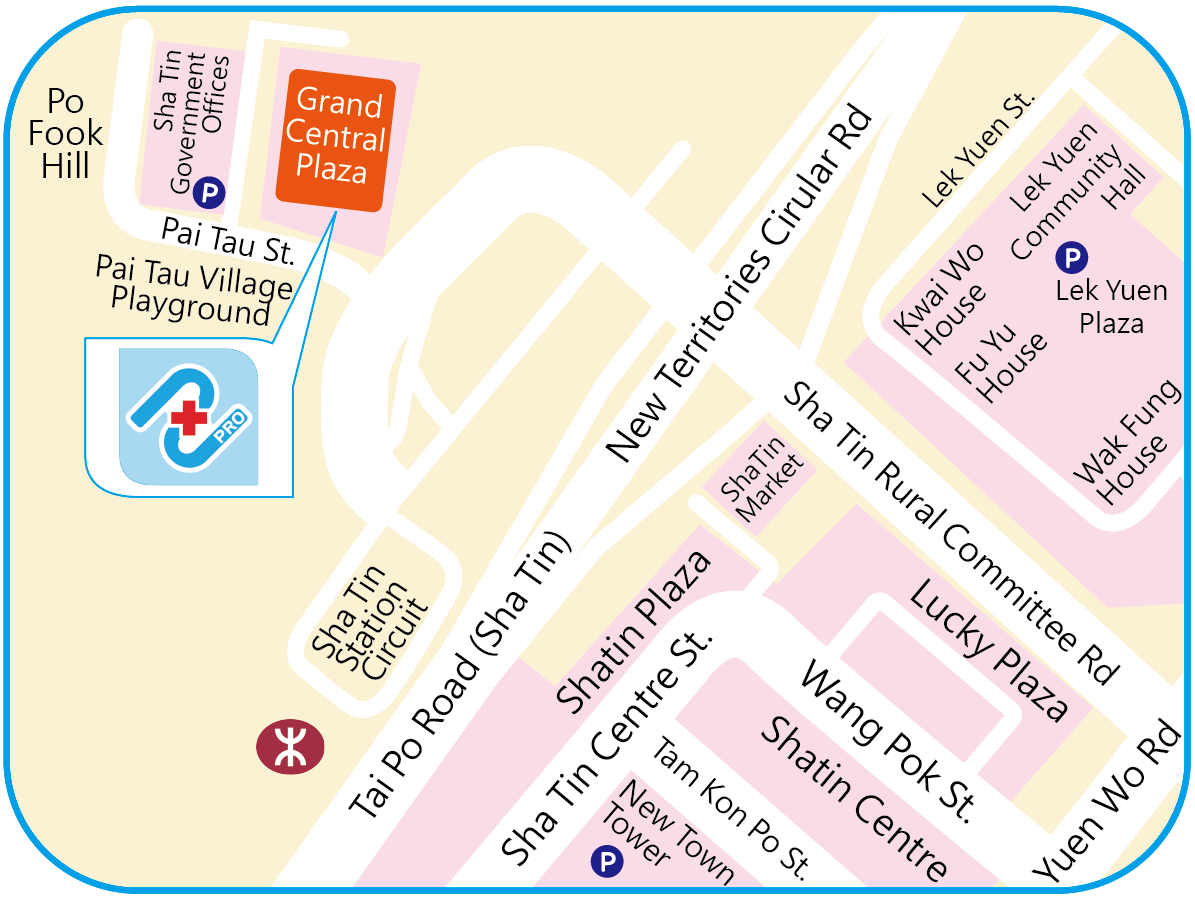Blog

The prelude to diabetic foot, blood sugar problems - 5 major foot signs remind you to detect hidden risks early
In Hong Kong, diabetes is hailed as one of the "urban diseases," with the number of patients continuously rising due to population aging and lifestyle changes. According to data from the Hong Kong Diabetes Association, approximately 1 in 10 people in the city are affected by diabetes, and diabetes-related complications have become a significant public health challenge.
Among the numerous complications, Diabetic Foot is a frequently overlooked yet profoundly impactful issue. For many patients, it may initially manifest as mild foot numbness, itching, or even a small non-healing wound. However, if neglected, such wounds can deteriorate into gangrene leading to amputation, and even life-threatening situations.
For those affected and their families, identifying the early signs of diabetic foot, correctly administering home care, and accessing long-term care support in severe circumstances are indispensable health issues. The comprehensive professional care services provided by Nu Pro Nurse Centre are tailored to address these needs, assisting patients in facing their conditions with peace of mind.

Diabetic foot: Why are feet particularly prone to problems? The high prevalence of diabetic foot is closely related to three main physiological changes:
-
Neuropathy
Long-term high blood sugar levels can damage peripheral nerves, leading to delayed foot sensation. Even when wounds appear on the feet, patients may be "pain-free," missing the optimal treatment window. -
Vascular changes
Uncontrolled blood sugar can cause arterial hardening, reducing blood flow and causing tissue oxygen deficiency. Slow wound healing, dry cracked skin, and abnormal nails can result from this condition. -
Infection and pressure
In a state of weakened immunity, even minor wounds can become breeding grounds for bacteria. Combined with pressure points from walking or shoe friction, these can easily worsen into ulcers or deep sores.
According to clinical review data from the Hong Kong Hospital Authority, about a quarter of diabetic patients have foot complications, with 5% to 15% requiring amputation—a startling statistic.
Listing 5 foot warning signs: Small issues that could be diabetic foot
To help the public be vigilant, the following five symptoms, if persistent, require heightened awareness and consideration of seeking professional care:
- Tingling or numbness in both feet - a signal of peripheral neuropathy
- Slow-healing wounds or cold feet - a warning sign of poor blood circulation
- Calluses, deformities, or bunions - factors related to pressure and neuropathy
- Intermittent limping - a sign of lower limb oxygen deficiency
- Dry, flaky, or cracked skin - a potential entry point for bacteria
Challenges for Hong Kong patients: Disparities between medical resources and daily care
Although Hong Kong hospitals have comprehensive diabetes treatment guidelines, the real challenge for many patients lies not just in hospital care but in how to sustain care at home.
- Lack of time and knowledge
- Elderly care pressure
- Home environment risks
Consequently, without professional nursing support, diabetic foot patients often rush to the hospital when severe infections are discovered, missing the opportunity for early intervention.
When to seek specialized nursing assistance?
Many diabetic patients and their families often mistakenly believe that "minor foot problems can be self-managed." However, some situations warrant immediate attention and the expertise of wound care nurses:
- Persistent numbness or pain
- Non-healing wounds
- Changes in skin color
- Presence of odor or discharge
- Recurring fungal nails or difficult nail trimming
- Risk of pressure injuries or existing wounds
In summary, at the first sign of "persistent abnormalities, slow healing, color changes, or signs of infection" on the feet, seeking specialized nursing assistance is crucial. Specialized nurses can provide wound care and appropriate medical advice, effectively reducing the risk of serious consequences due to delays.
Nu Pro Nurse Centre: Bridging home care and long-term care
In the face of these challenges, Nu Pro Nurse Centre in Hong Kong, a professional nursing service platform, offers a one-stop solution from basic screening, home care to long-term care, effectively bridging the care gap between healthcare and families.
- Home care: Bringing medical expertise home
- Long-term care: Comprehensive support for chronic disease management
- Family education and psychological support
Diabetic foot care guidelines: A home self-management guide
In addition to professional services, patients and families at home can follow these principles:
- Daily foot checks
- Maintain cleanliness and moisture
- Wear appropriate footwear
- Avoid walking barefoot
- Control blood sugar
Early selection of professional home care services
Many families often seek nursing support only after the situation has "deteriorated." However, early introduction of home care brings benefits such as:
- Reduced hospitalization rates and amputation risk
- Reduced family pressure
- Safeguarding patient quality of life and mobility
- Continual monitoring to prevent recurrence
Starting from foot details, we are indeed safeguarding entire life.











 Causeway Bay Centre
Causeway Bay Centre

